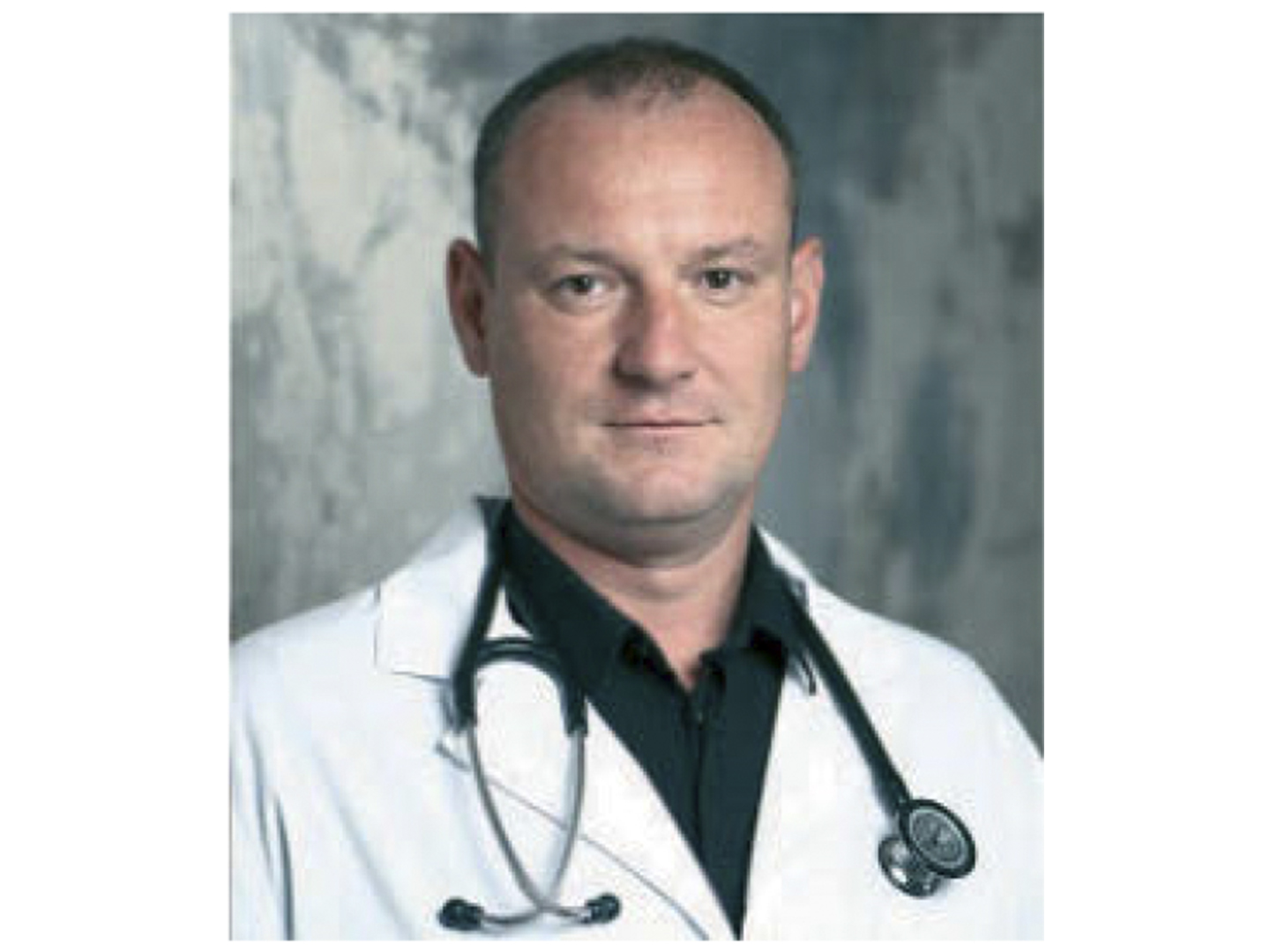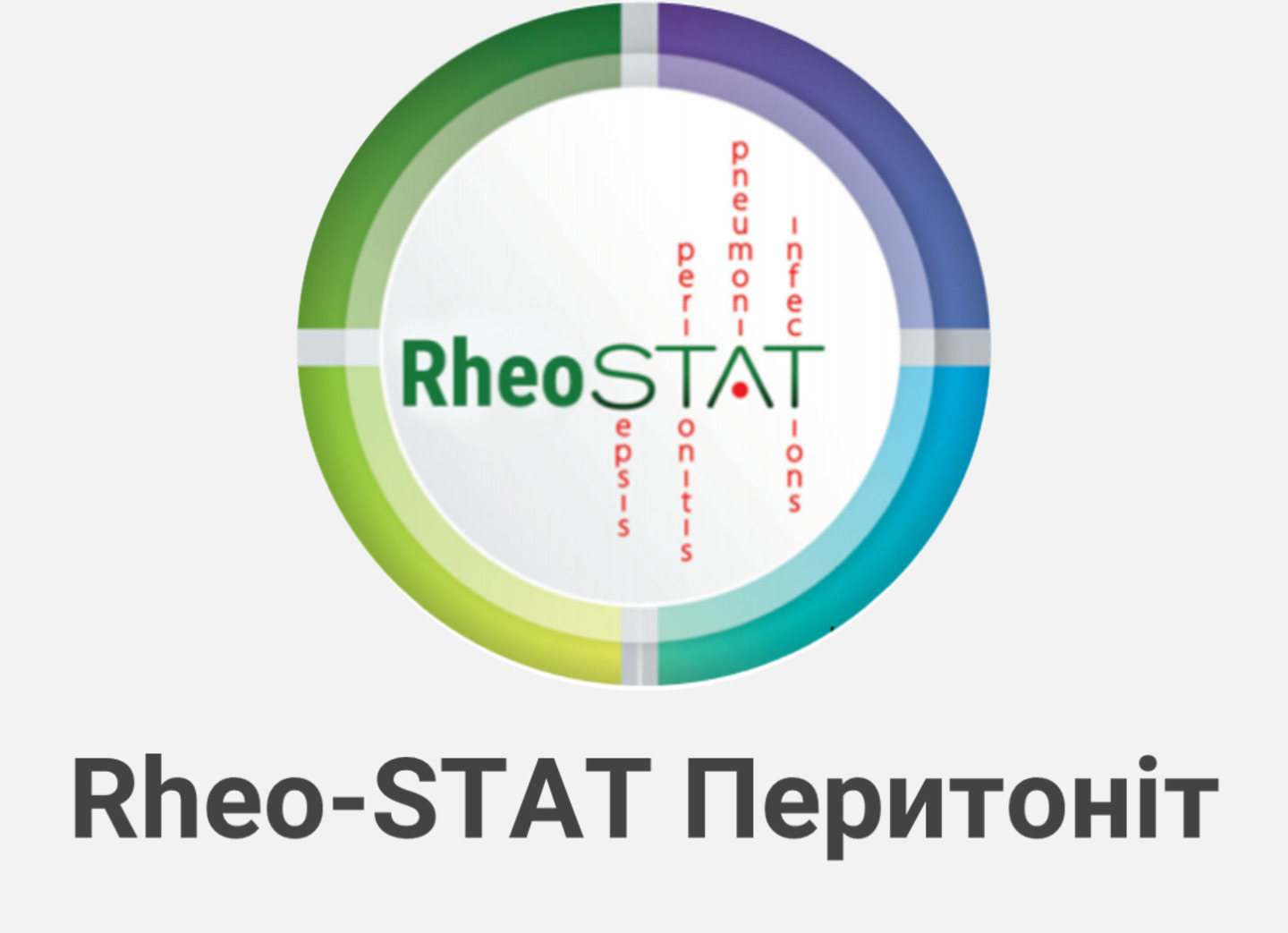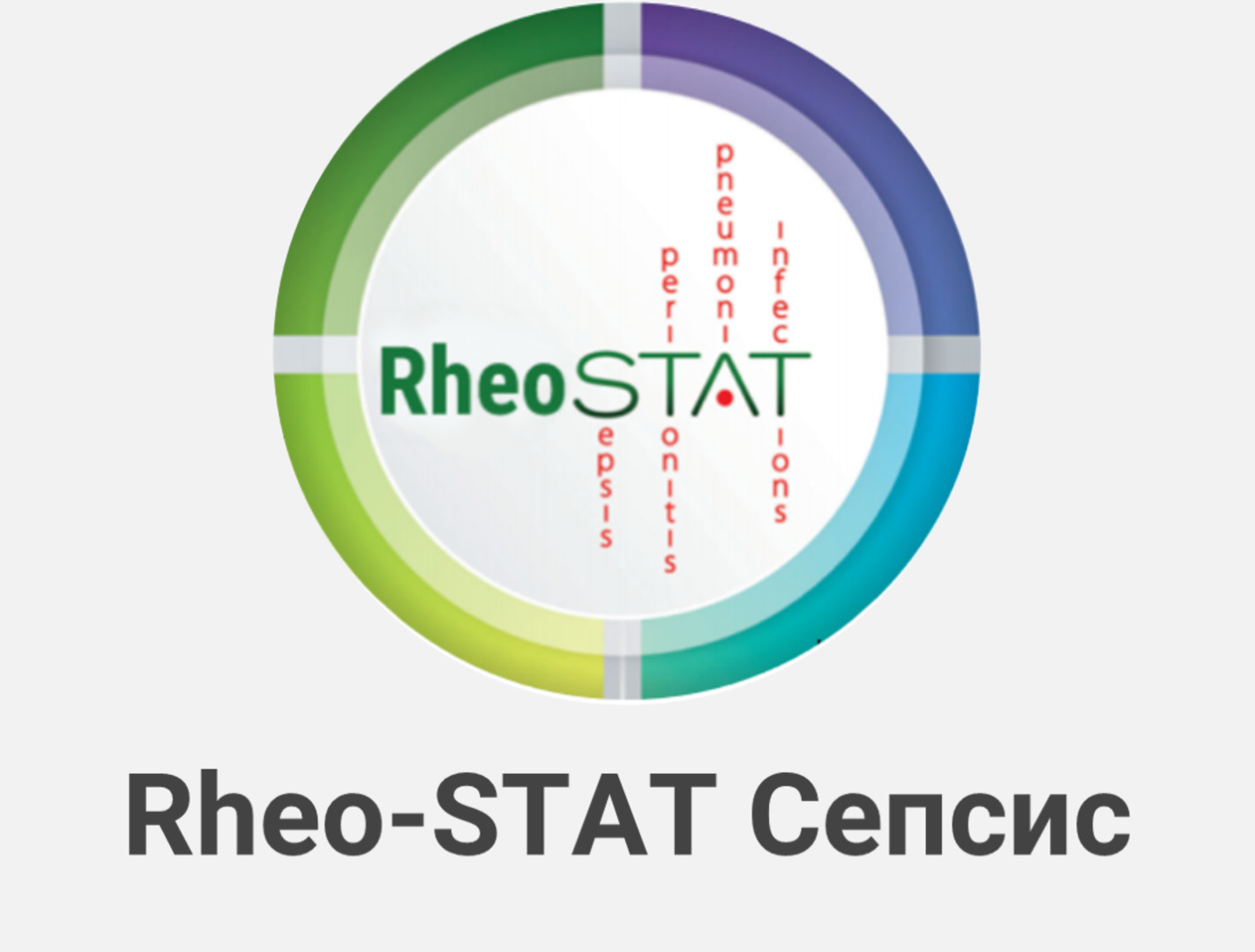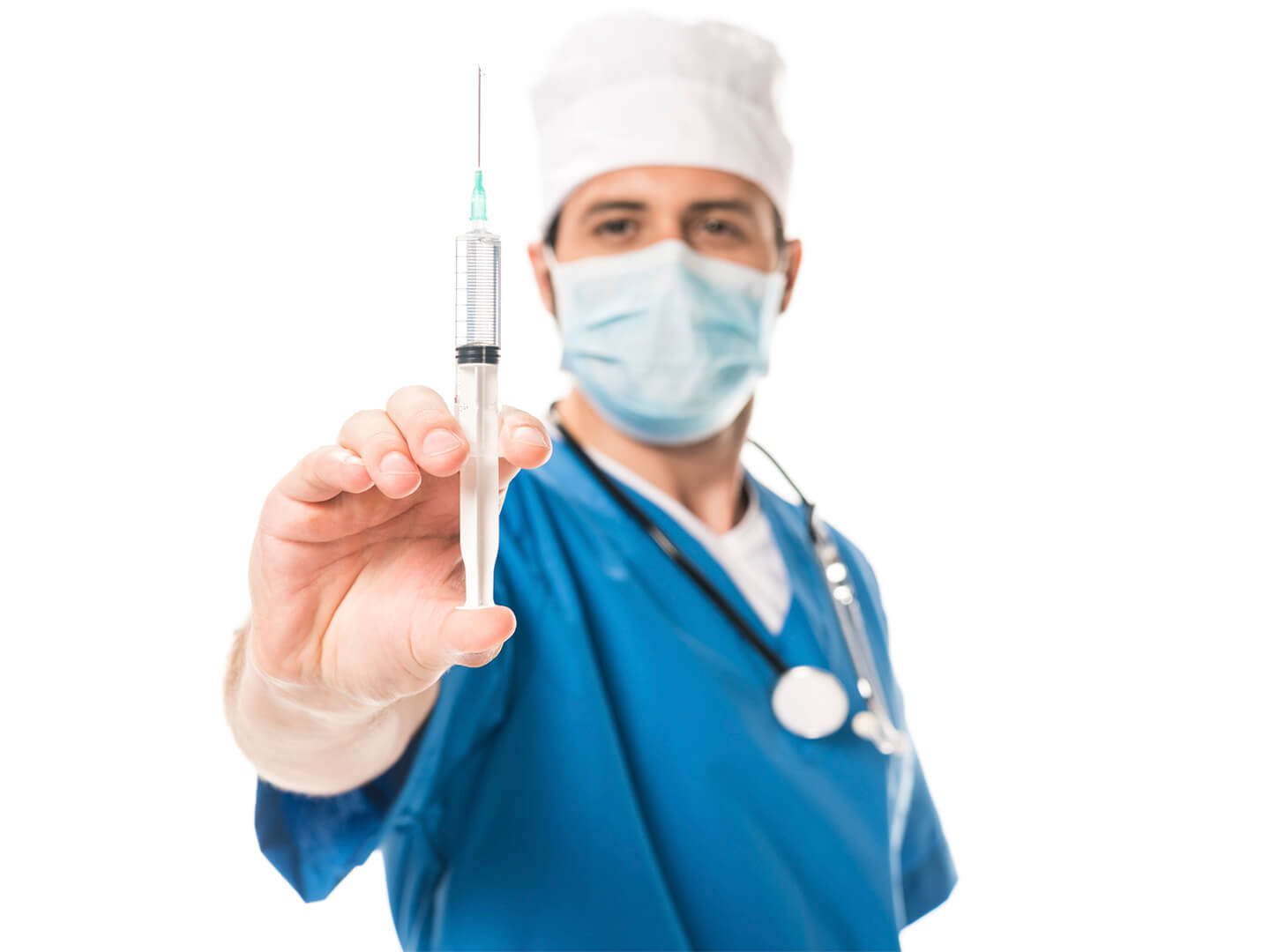Prevention and treatment of posttraumatic osteoarthritis of patients with intra-articular osteochondral fractures
Bohomolets National Medical University, Kyiv, Ukraine
Introduction. Juxta- and intra-articular fractures of bones belong to a spread type of lesions, suffered by people of different age groups. Their occurrence, according to literature data, reaches 25-40% [1, 10, 13, 14]. In majority of patients the modern treatment principles of such lesions – accurate reposition and early function can be ensured only by means of surgical treatment – open repositions and stable-functional osteosynthesis. Though, even under such conditions, complications occurrence rate reaches 6%-8%, and number of unsatisfactory results of treatment in general ranges from 7% to 38% [1, 4, 8, 9, 10].
An early and rapid development of post-traumatic osteoarthritis, causing primary disability of patients from 8.8% to 46%, constitute the main unsatisfactory result of intra-articular lesions treatment. Consequently, intra-articular lesions of knee and ankle joints are leading in disability structure as regards of patients with results of joints traumas [1, 10, 14].
Despite success of the modern traumatology, the problem of treating the intra-articular fractures with articular cartilage lesion can’t be considered resolved in connection with too high percent of unsatisfactory results. The works, published by a range of native and foreign scientists, demonstrate that even upon condition of perfectly performed fragments reposition and stable-functional osteosynthesis in case of intra-articular osteochondral fractures, the occurrence of rapidly progressing degenerative changes in a joint reaches 12%-17%, that causes disability and necessity of subsequent reconstructive surgical interferences during the first years after trauma [1, 4, 5, 14]. It is determined, that an early and rapid development of a posttraumatic osteoarthritis depends on nature and articulate hyaline cartilage lesion area, as well as faults in rehabilitation and absence of appropriate treatment measures, aimed at maintenance and regeneration of an articular hyaline cartilage [1, 5, 7, 10].
Usually defects of articular cartilage practically do not regenerate, most commonly they are replaced with fibrocartilage. In case of joints traumatic lesion, metaplasia or disregeneration occur, a hyaline cartilage is replaced with a low-constancy fibrocartilage and a weak contact with a subchondral bone plate. As a rule, lesions around synovial membrane heal due to low-differentiated cells of connective tissue. They can be filled with fibrocartilage. It is determined, that chondrocytes do not migrate from the defect-adhering articular cartilage segments to the defect area [2, 3].
Buryanov O. A et al. have experimentally proven that in case of intra-articular traumatic lesions enormous local acceleration of free radical peroxidation occurs, being the key pathogenetic mechanism in osteoarthritis development that is often left without treatment. Besides, a trauma is accompanied by hemarthrosis and inflammation, accelerating destruction of a cartilage and initiating chondrocyte apoptosis [3, 6, 7, 11].
A range of experimental clinical researches with implementation of morph-histological methods ascertains the possibility of directed correction of cartilage reparation with the use of developed complex of pharmacological treatment with drugs of chodro-modificating and anti-oxidant action (Buryanov O.A. et al., 2007, 2009, 2010). The mentioned studies have shown that in case of fresh transchondral lesion of an articular cartilage, provided the maintenance or restoration of articular surface congruence and articulation biomechanical axle, the pharmacological correction contributes to formation of cartilaginous regeneration in bone-cartilagous defect, being by its histological structure close to a hyaline cartilage.
Application of the developed complex in case of old lesions is accompanied by formation of fibrous and fibrous-bone regeneration (Buryanov O.A., Brusko A.T., Omelchenko T.M., Sobolevskyi Y.L., 2008).





